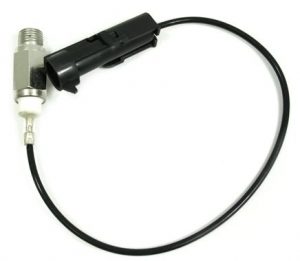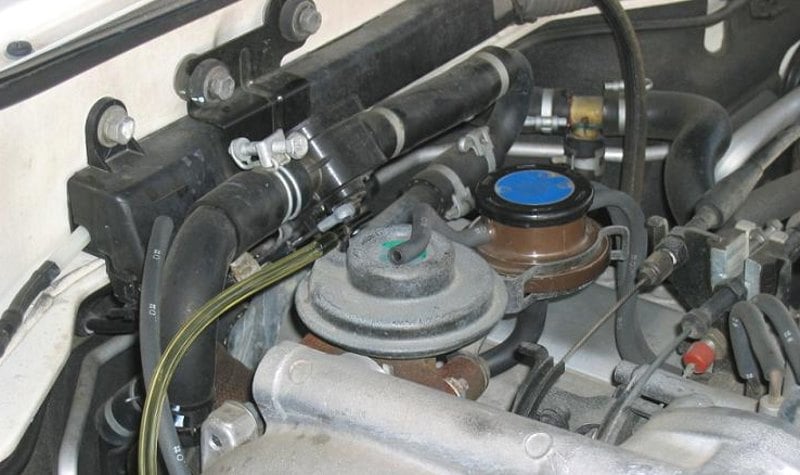So, what’s this EGR temperature sensor all about?

Alright, so you’re getting the runaround from your car, maybe a warning light, rough idle, or just a drop in power while crawling through Peachgrove Road traffic or heading over to Cambridge on a chilly winter’s morning. Quite often, the culprit’s hiding in that EGR system — specifically, the EGR temperature sensor. Seen this loads of times on all sorts of cars, from Mazdas and Subarus to those European ones like Volkswagen Golfs or the odd Peugeot from Te Awamutu.
Basically, the EGR system’s job is to take some of those exhaust gases, toss them back into the intake, and reburn them — all to help keep emissions low and stop your engine from running too hot. The EGR temp sensor acts like the system’s brain: it checks how hot the gases are and lets your car’s computer know what’s going on. If that sensor’s dodgy, the car doesn’t know what to do — and that’s where issues start cropping up.
How you’ll spot a dodgy EGR temperature sensor
Here’s the thing: Hamilton’s not short on speed bumps, stop signs, or potholes (Frankton’s a killer for it), so it’s not unusual for these sensors to start acting up over time. Some signs you might notice:
- Loss of go-power – Noticed your Toyota Blade or Kia Sportage feeling sluggish heading up Dinsdale Hill? EGR temp sensor could be the reason the engine’s not burning properly; you burn more fuel and throw out way more fumes.
- Overheating – We get a fair few people from Ngaruawahia in summer with engines threatening to boil over. A shot sensor means dodgy gas flow, which in turn means temps spike fast. If that temp gauge’s creeping, don’t muck around. Pull over. Here’s what to do if your car is overheating: What to do if your car is overheating >
- Check engine light – That pesky engine light is a dead giveaway. Could be any number of sensors, but EGR temp sensors ping all the time, especially in hybrids like the Prius C and some older Honda Fits.
- Chewing through petrol – Long trips to Morrinsville or just the morning driver shuffle down to The Base, if you’re suddenly filling up more than you used to, the EGR system could be mucking around with your fuel/air mix.
- Hard to start – Sometimes the car just doesn’t want to fire up, especially cold mornings on Clyde Street. That’s another telltale.
Why bother fixing your EGR system?
Look, getting the EGR temp sensor sorted isn’t just to keep the engine light off or pass your WOF in Hamilton. You’ll end up with better performance, especially noticeable when overtaking trucks out near Horotiu or crawling through traffic on Victoria Street. You’ll use less fuel, and you’re way more likely to breeze through your emissions test – no fuss.
And for those driving the less-common stuff, like Nissan Teanas or Peugeot 308s, we’ve noticed when these are looked after, that annoying “sulphury” smell from the exhaust goes away too. Win-win for everyone, including the dog when you open the tailgate!
EGR Temperature Sensor Replacement in Hamilton
If something’s not quite right and you reckon the EGR temp sensor’s to blame (or you’re just sick of that engine light), swing by Grimmer Motors. One of our techs will plug in the scanner, have a look, and let you know if it’s the sensor or something else. We see everything from Toyota Estimas to Audi Q3s and the odd Isuzu D-Max, so it’s all fairly familiar ground for us.
A new EGR temp sensor can sort out all sorts of running issues, help your car last longer, and help you avoid nasty surprises. If you’re in Hamilton, Rototuna, or even just passing through from Tamahere, get in touch with Grimmer Motors for a high-quality replacement and honest advice.

